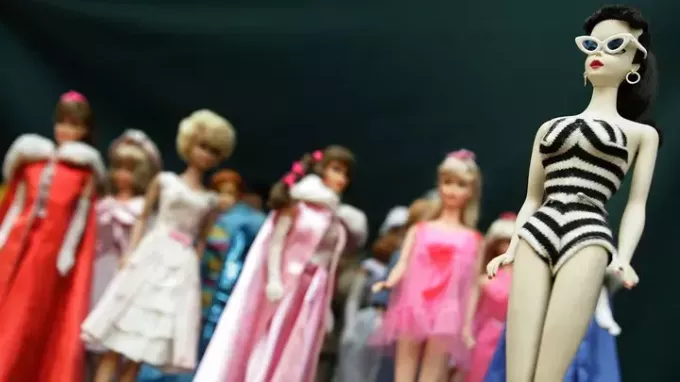
Toys from the 1940s and 1950s reflected the living conditions of the time. Among the many conservative options available on the market, such as gas-powered carts or mini soda machines for children to play, an innovative and different proposal emerged from what was expected.
These forms of amusement were exhibited at a New York Fair in 1959, which was popular and traditionally known. It was at this event that toy manufacturers tried to launch a new fad to gain space on commercial shelves. The New York Toy Fair is an age-old tradition that still lives on today.
see more
These are the 4 zodiac signs that love solitude the most, according to…
There are some dog breeds considered perfect for people…
As a highlight at the fair, Mattel, a toy factory founded in 1944, caught the attention of the public and the New York Times by launching a plastic rocket that could go up to 60 meters. The genius of the toy is even more evident when we consider the historical context, because at that time the space race was a great milestone in history.

In addition to the rocket, Mattel hoped that another toy could also gain notoriety. In fact, the desire arose in the heart and expectations of Ruth Handler, vice president of the company. She created dolls as if they were in a transition phase, leaving adolescence to face adult life.

The details included a zebra print swimsuit, wedding dress and sunglasses, somewhat different for the dolls that existed at that time. On the shelves, baby dolls dominated. Despite Ruth's great motivation, the future Barbies did not succeed, and the biggest producer at the time visited the fair and did not request any.
“Barbie” derives from the name Bárbara, the eldest daughter of Ruth, an inspiration for creation. The men who went to analyze the novelties at the fair were certain that the dolls would not succeed, justifying that a doll with breasts and silhouette would not be well received at that time.
In 1956, Ruth faced a proposal similar to her creation, but in an erotic way. Although she flees from what she thought to the shelves in the initial project, the completely distorted idea was a trigger for her to think about a new production strategy. The professional realized that manufacturing clothes and accessories separately would gain the attention of the target audience.
And isn't it that Barbie's differential is changing clothes? After being faced with a proposal totally different from hers, Ruth decided to recreate her initial proposal and relied on great professionals, who were able to guarantee unprecedented supervision. The sex doll's sexualized face has been smoothed out, giving full focus to the dolls' more varied outfits.
Barbie debuted on television in the form of a commercial, after a long search by Ruth and Mattel, to make the product accepted in the market. The launch of the new idea took place in 1959, when the doll was exposed as someone who knew how to play sports, lived a healthy life and wore beautiful clothes.
After all, what teenager in transition doesn't want to be like that? It was part of Ruth's strategy to hire a psychologist to investigate the lives of mothers and teenagers at the time, counting as an essential part of designing a new doll.
Still in the launch year, Mattel sold 350 thousand units of Barbie. Currently, the numbers are over 58 million annual sales, equivalent to a little over 100 Barbies sold per minute. Ruth's leads paid off, and the initial negative response wasn't even considered when the success just exploded.
Lover of movies and series and everything that involves cinema. An active curious on the networks, always connected to information about the web.

